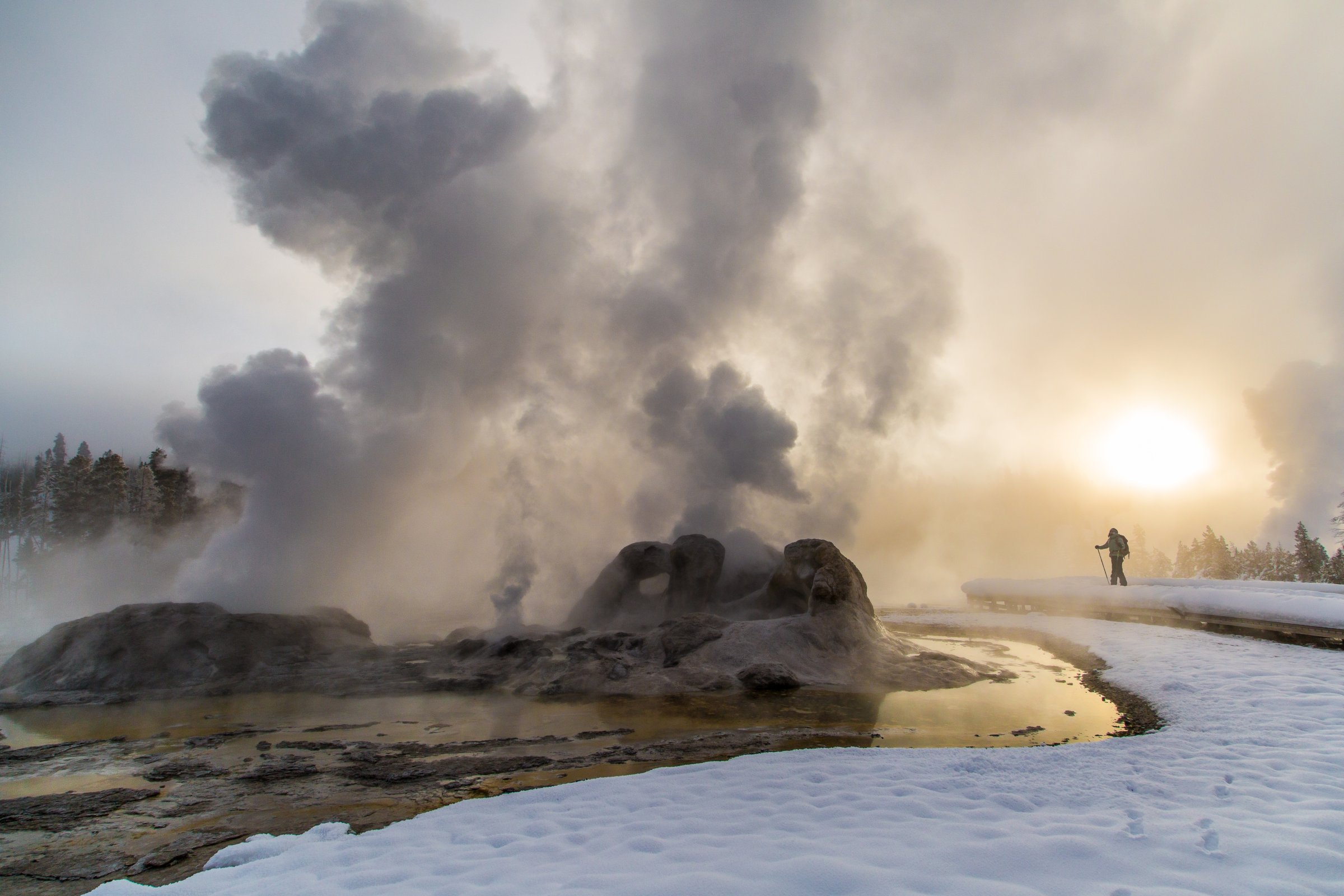
The tragic death of a man who ventured into an out-of-bounds hot spring in Yellowstone National Park may sound shocking, but there’s a reason why the water was so dangerous.
As surprising as it might be to learn that a human being dissolved completely in water, the scientific reason why some hot spring water is dangerously acidic and other water completely harmless is completely clear. Scientists behind a 2012 study published in the journal Geochemistry, Geophysics, Geosystems laid out the distinction between acidic and harmless water after evaluating water that originated in the Heart Lake Geyser Basin.
Safe and unsafe water for humans originates in the same place deep underground, but separates as it comes to the surface. Some water becomes highly acidic as small microorganisms that live in extreme heat break off pieces of surrounding rocks adding sulfuric acid to the water. When that highly-acidic water bubbles to the surface—through mud pots and fumaroles—it is no longer safe for humans.
Anyone questioning the safety of water at or near a hot spring should look stay on the path and respect boundaries set by the National Park Service.
More Must-Reads From TIME
- The 100 Most Influential People of 2024
- The Revolution of Yulia Navalnaya
- 6 Compliments That Land Every Time
- What's the Deal With the Bitcoin Halving?
- If You're Dating Right Now , You're Brave: Column
- The AI That Could Heal a Divided Internet
- Fallout Is a Brilliant Model for the Future of Video Game Adaptations
- Want Weekly Recs on What to Watch, Read, and More? Sign Up for Worth Your Time
Write to Justin Worland at justin.worland@time.com